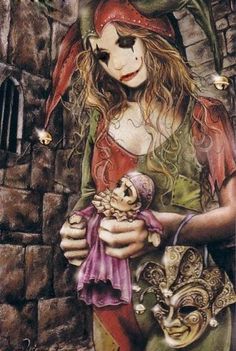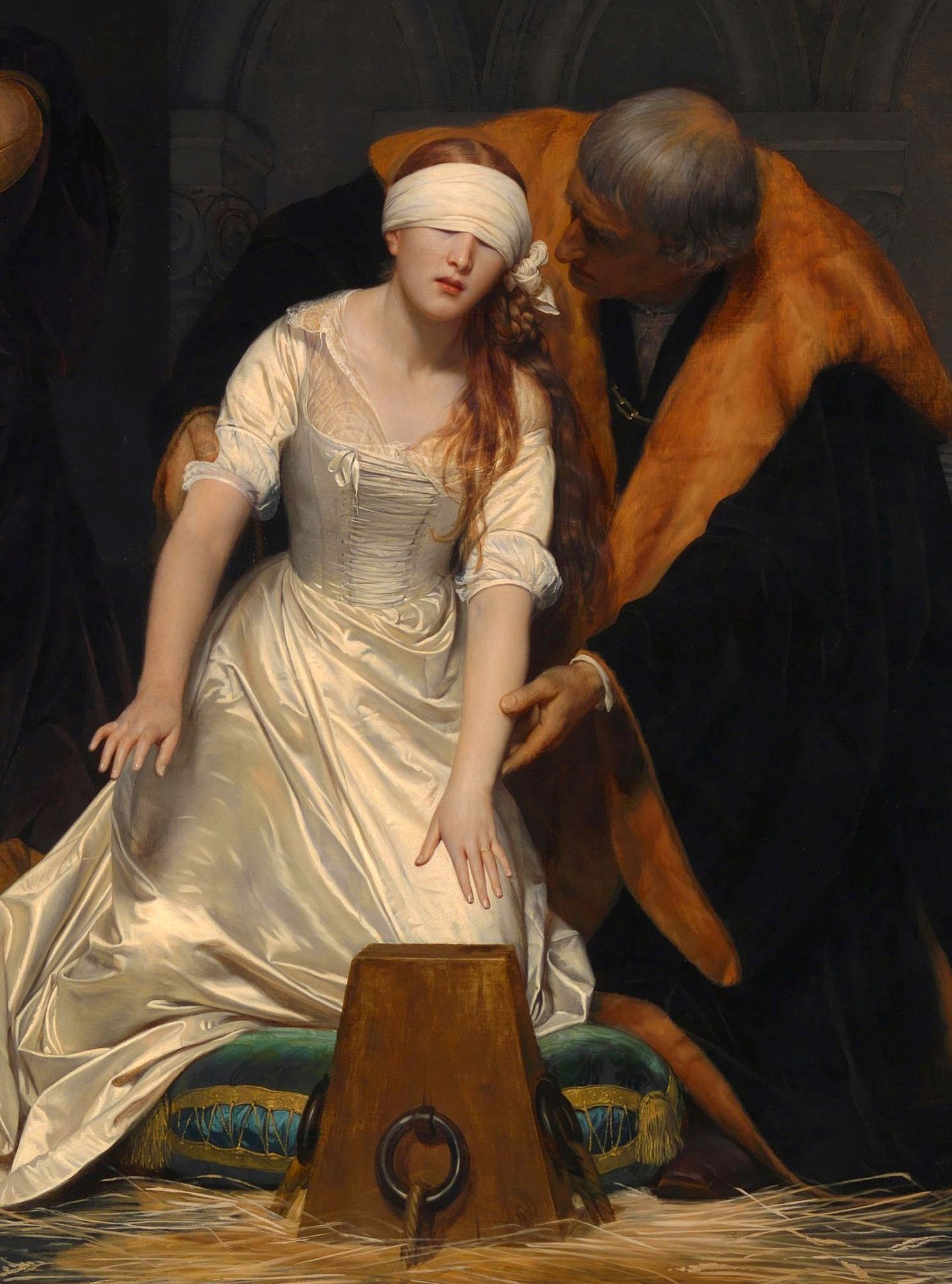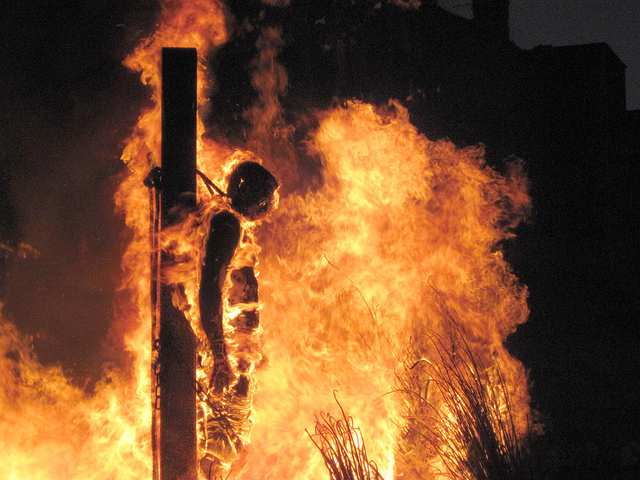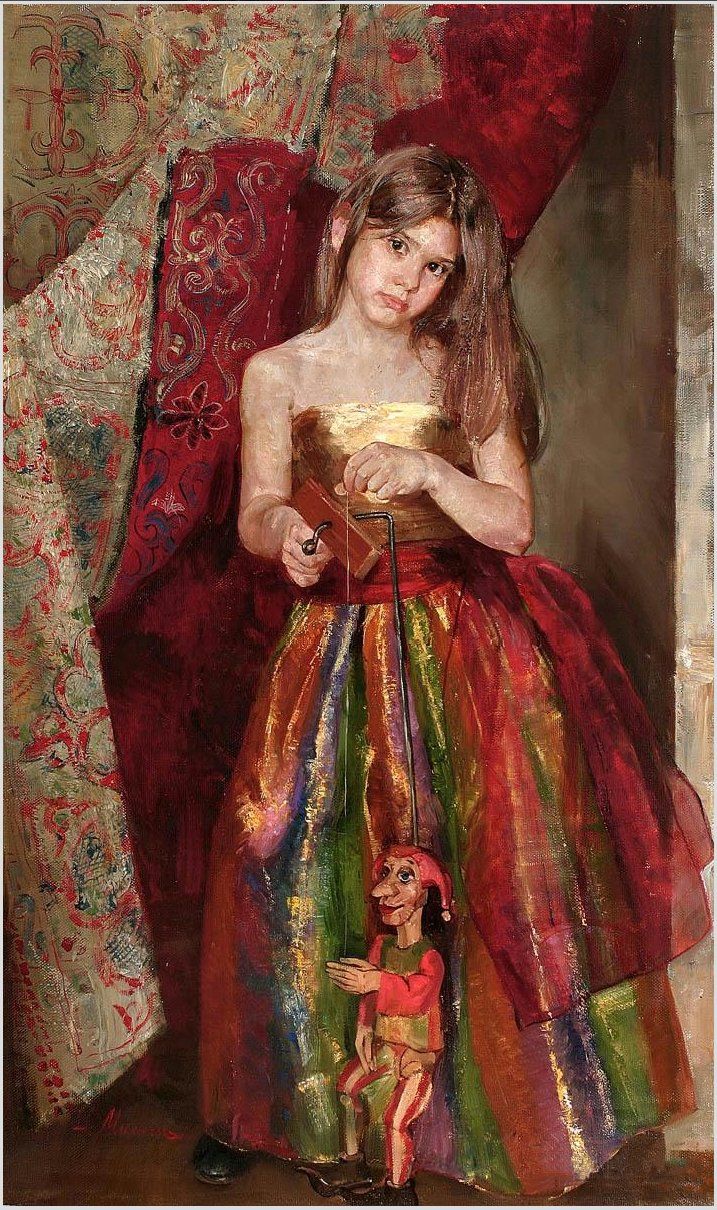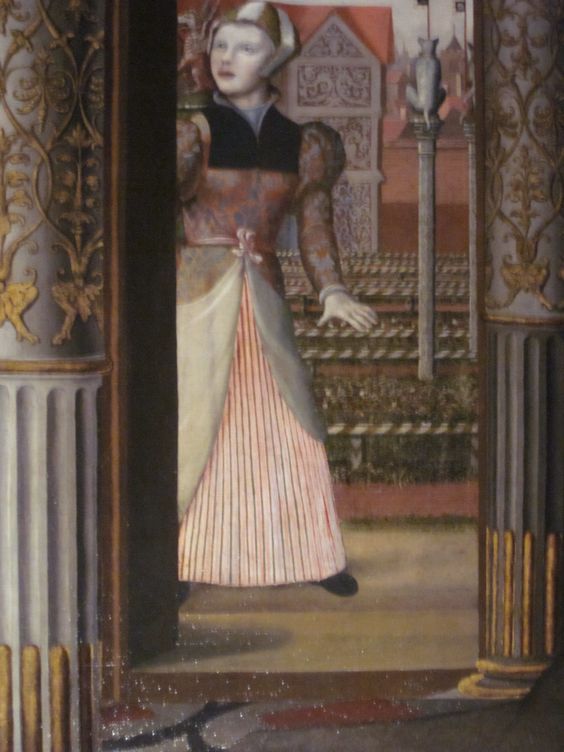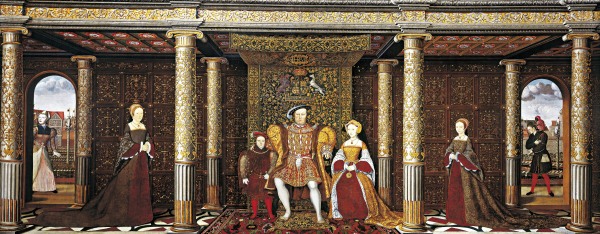
Forewarned is forearmed! So be careful out there! Today, April 1st, is the one day of the year when people have free rein and permission to pull pranks, tell lies and cause general mischief, all in the name of fools.
In the Tarot card deck, the Fool is card zero. The Fool is the very beginning. He is optimistic, open to all possibilities, and ready for adventure. He is too happy and unaware to have any inhibitions or sense of danger. I like to think of April Fool’s Day as a celebration of the Tarot’s Fool — a day of joy, lightheartedness, new beginnings and clean slates.
Have you ever wondered about the origins of April Fool’s Day? It seems kind of crazy. Who would dream up such a thing and why? Although historians cannot agree on any one particular source for the day, there are some clues as to how this holiday came to be.
Calendar Clash
A lot of our weird customs trace back to the Middle Ages, and April Fool’s Day is no different. It seems the confusion and subsequent celebration of pranks started out with two simple calendars.
Throughout a good deal of the Middle Ages, most of Europe operated on the Julian Calendar. This was a calendar instituted by Julius Caesar (and named after him) in the year 46 BCE. The Romans had huge domination in much of Europe up to the 6th century, and even after that, their influence prevailed for hundreds of years. As a result, the Julian Calendar was kept in practice until 1582. It was then that the ruling pope, Pope Gregory XIII, instituted the Gregorian Calendar (also named after himself.)
According to Pope Gregory and his council, the Julian Calendar did not align well with the rhythms of the universe. The Julian Calendar had almost 366 days, and it did not correctly reflect the actual time it takes the Earth to circle once around the Sun. The new Gregorian Calendar basically shortened the year to include less leap days, and made a more accurate timing of equinoxes and solstices. Neither calendar was perfect, but it was believed that the Gregorian Calendar was more accurate.
There was, however one notable difference in the Gregorian Calendar, which effected everyone’s life — the designation of the beginning of the year. In the Julian Calendar, New Year’s Day had been celebrated sometime between March 25th and April 1st. In the new Gregorian Calendar, New Year’s Day was to be celebrated on January 1st.
That is a huge change! Medieval people loved their holidays! It was a break from their dreary, work laden lives. Keeping track of the feast days was important to them, in the same way keeping track of our vacation days is important to us.
Jesus, Mary and Janus
Interestingly, Julius Caesar had actually chose January 1st as New Year’s Day when he originally formulated his calendar. January was the month of the god Janus, who had two heads and hence, the ability to see the past, and future, at the same time.

It was only logical that a god who could see both the mistakes of the past and the possibilities of the future should have a month in which the new year would be celebrated. All very mystical…
Coincidentally, the Romans at that time also had a week of their own form of “April Fools” — this was a holiday called “Hilaria” which was celebrated in the last week of March and into April 1st. This feast day was meant to honor Cybele, a wise mother goddess who had a cult following. “Hilaria” is the Latin word for “joyful”, and of course, also the origin of the English word “hilarious.” During this time, people dressed up in costumes and played tricks. Nothing was off limits, and often magistrates and folks in high places were the targets of jokes.

As Christianity spread throughout Europe, some changes were made. Christians began to think of of the January date, honoring Janus, as too Pagan in origin. Instead, they wanted New Year’s Day celebrated with some symbolism of Christianity. They began to celebrate New Year’s day on March 25, which was the Feast of the Annunciation of the Virgin Mary. The Annunciation also signified new beginnings, as this was the day the Angel Gabriel appeared to Mary and told her she would give birth to Jesus. Mary, of course, became pregnant.

If we do the math, we see that Jesus was born on December 25th, nine months later.
Peasantry and Pageantry
Ironically, when Pope Gregory made his new calendar, he decided that January 1st, after all, would be a better new year’s date. This raises a bit of suspicion, and I wonder why a Catholic pope would change the holiday back to a month honoring of a Pagan god. Maybe the Pope actually liked Janus. Who knows? But that’s what he decided.
So now, all of Europe had a brand new calendar, and a brand new New Year’s Day.
Needless to say, news traveled slow back in 1582. No electricity, no internet. It took a while for all Christian countries to catch on to the Pope’s decree. If you were a peasant living out in the sticks, the news might not reach you for years. These country bumpkins, who had no idea that the year had been changed, continued to celebrate the New Year around March 25th. Since Feast Day celebrations typically lasted around a week, and especially since the days were not very well mapped out, the peasants were often still celebrating, or at least adjusting to the new year, on around April 1st.

But alas! These backwater farmers were out of the loop! They should have known that the new year had already started, way back in January. They became thought of as silly, gullible, foolish people. They’d believe anything! They were pushovers, slow on the uptake, naive, unsophisticated. It would be easy to trick them. They were given the nickname “April Fools.” This pastime of trickery was, apparently, so much fun that in time it evolved to the “April Fool’s Day” of modern times.
And now, thanks to misinformation, slow communication, and a steady devotion to gods and goddesses, all of us get to celebrate and act like idiots, too.
For your viewing pleasure: The Safety Dance, by Men Without Hats. A perfect April Fools song!
Have a safe and happy April Fool’s Day! And remember to honor the spirit of innocence, the daring soul, the boundary pusher, the childlike Fool that dwells within all of us.

